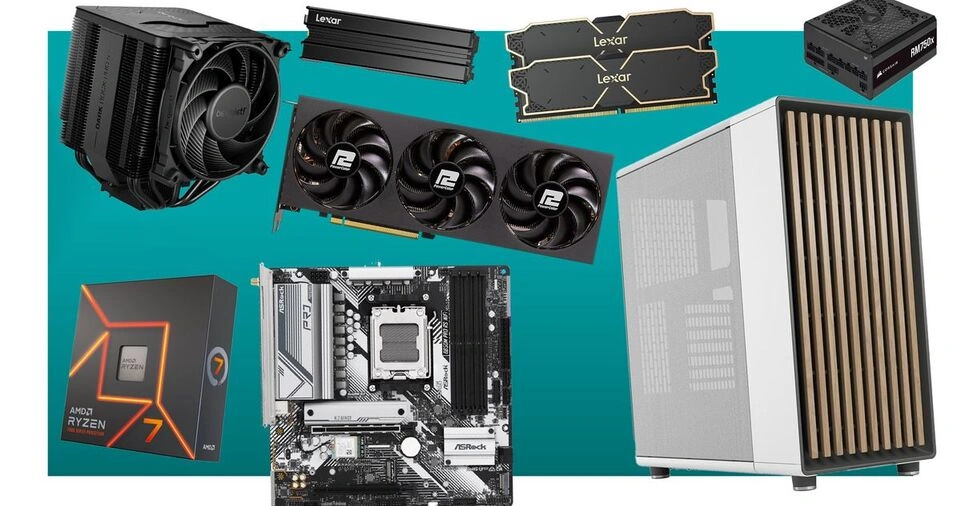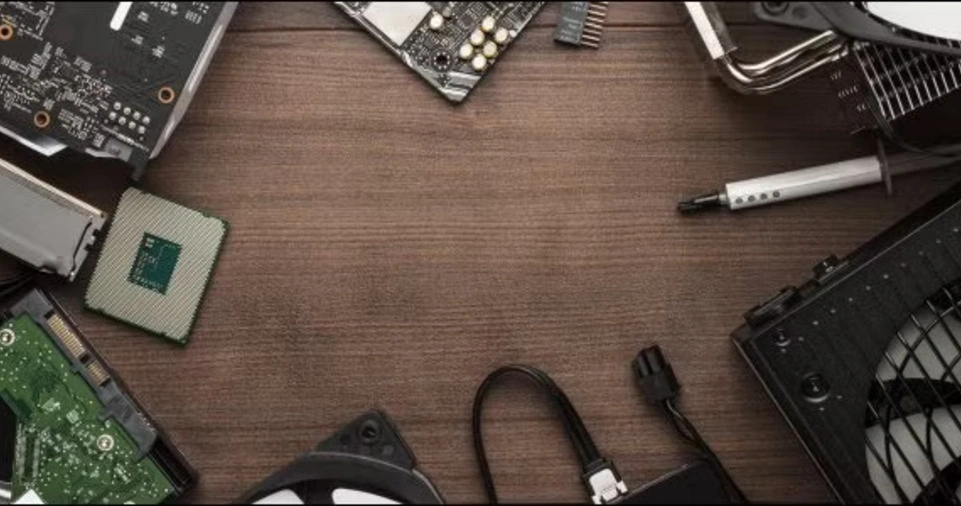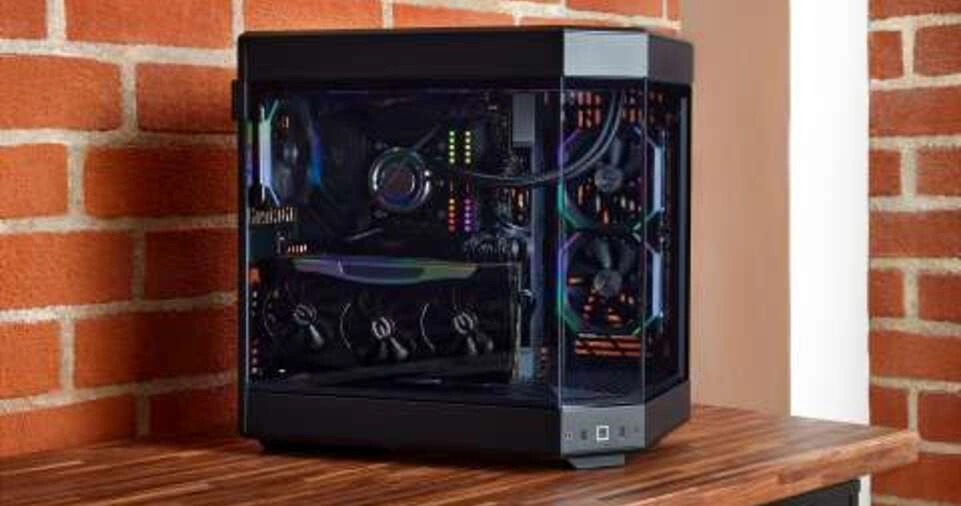Building a gaming PC on a budget is an exciting and rewarding process that allows gamers to enjoy high-performance gaming without spending a fortune.
With the right approach, you can assemble a gaming rig that delivers excellent frame rates, smooth gameplay, and an immersive experience, all while keeping costs low.
Whether you’re an eSports enthusiast, an RPG lover, or a casual gamer, constructing your own PC provides flexibility, upgradeability, and a deeper understanding of hardware components.
The key to building a cost-effective gaming PC is balancing performance with affordability.
By carefully selecting each component and avoiding unnecessary expenses, you can optimize your build for the best price-to-performance ratio.
Additionally, knowing where to find deals, understanding compatibility, and future-proofing your system will help ensure that your budget gaming PC remains capable for years to come.
In this guide, we will walk you through each step, from choosing the right components to assembling and optimizing your gaming setup, so you can enjoy gaming without breaking the bank.
Step 1: Setting Your Budget
How Much Should You Spend?
The first step in building a budget gaming PC is defining how much you’re willing to spend.
The amount you allocate will determine the quality of components you can afford and the performance level of your system.
Generally, budget gaming PCs can be categorized into three price ranges:
- Entry-Level ($300 – $500): Suitable for light gaming, including older titles and eSports games like CS2, Valorant, and League of Legends at low to medium settings.
- Mid-Range ($500 – $800): Offers solid performance in 1080p gaming with medium to high settings in most modern games.
- High-Budget ($800 – $1,200): Provides excellent performance, allowing for 1440p gaming and even some 4K gaming with optimized settings.
For most budget-conscious gamers, a mid-range build between $500 and $700 is ideal, offering the best balance between performance and affordability.
Where to Find Affordable PC Parts?
To maximize your budget, consider shopping for components during sales events like Black Friday, Cyber Monday, and Amazon Prime Day.
You can also find great deals on websites like Newegg, Micro Center, eBay (for used parts), and local Facebook Marketplace listings.
Step 2: Choosing the Right Components

CPU (Processor) – The Brain of Your PC
The processor is one of the most critical components in a gaming PC. It affects overall system performance, including game physics, AI, and multitasking capabilities.
Here are some budget-friendly CPU options:
- Entry-Level: Intel Core i3-12100F ($100) / AMD Ryzen 5 5500 ($90)
- Mid-Range: Intel Core i5-12400F ($140) / AMD Ryzen 5 5600X ($150)
For gaming, a quad-core or hexa-core CPU with high single-thread performance is preferable.
If you’re on an extremely tight budget, an older generation Ryzen CPU with integrated graphics (like the Ryzen 5 5600G) can allow you to game without a dedicated GPU until you can afford one.
GPU (Graphics Card) – The Heart of Gaming Performance
Your GPU determines how well your PC will run modern games. Since this is the most expensive component, choosing the right one is crucial.
- Budget-Friendly Options:
- AMD RX 6600 ($200) – Best for 1080p gaming.
- GTX 1660 Super ($180) – Decent performance for older titles.
- Intel Arc A750 ($220) – Good for budget ray tracing support.
- Mid-Range Options:
- RTX 3060 ($280) – Excellent for 1080p and some 1440p gaming.
- RX 6700 XT ($350) – Great for high-refresh-rate gaming.
A used graphics card can also be a cost-effective choice, but ensure it hasn’t been extensively used for crypto mining.
RAM (Memory) – Faster Load Times and Smooth Performance
For gaming, 16GB DDR4 RAM (3200MHz or higher) is the sweet spot. While 8GB might work for some games, it is not future-proof.
Faster RAM speeds (3600MHz+) can provide a slight performance boost, especially for AMD systems.
Storage – SSD vs. HDD
- Primary Storage: 500GB or 1TB NVMe SSD ($40 – $80) for faster boot times and game loading.
- Secondary Storage: 1TB HDD ($40) for extra game storage.
Motherboard – Compatibility Matters
A good budget motherboard should support your chosen CPU, RAM, and GPU without unnecessary features that increase cost.
- AMD Builds: B450 or B550 chipset motherboards.
- Intel Builds: B660 or B760 chipset motherboards.
Power Supply (PSU) – Don’t Cheap Out!
A 550W – 600W 80+ Bronze certified PSU from a reputable brand (Corsair, EVGA, Seasonic) is ideal. Avoid generic or no-name power supplies, as they can damage your components.
PC Case – Looks vs. Functionality
A budget-friendly case should provide good airflow and support for your components. Prioritize cases with at least two pre-installed fans for better cooling.
Step 3: Assembling Your Gaming PC

Once you’ve gathered all your components, it’s time to assemble your gaming PC.
Follow these steps carefully:
- Install the CPU into the motherboard socket.
- Insert the RAM into the designated slots.
- Attach the NVMe SSD (if applicable).
- Secure the motherboard inside the case.
- Mount the power supply and connect all cables.
- Install the GPU in the PCIe slot.
- Connect all necessary cables (power, data, display).
- Boot up your PC and install Windows/Linux.
Step 4: Optimizing Performance
Updating Drivers & BIOS
After installing your operating system, update all necessary drivers, including:
- GPU Drivers from NVIDIA, AMD, or Intel.
- Chipset and Motherboard Drivers from the manufacturer’s website.
- BIOS Update for better stability and performance.
Enabling XMP/DOCP for RAM Speed Boost
Go into your BIOS and enable XMP (Intel) or DOCP (AMD) to allow your RAM to run at its advertised speed.
Monitoring Performance
Use software like MSI Afterburner, HWMonitor, and CPU-Z to monitor temperatures, power usage, and overall system health.
ALSO READ: How to Start a Blog and Make Money Online: A Complete Step-by-Step Guide
Conclusion
Building a gaming PC on a budget is entirely possible with the right strategy.
By carefully selecting each component and looking for the best deals, you can create a powerful machine without overspending.
A well-built budget gaming PC can handle most modern titles at 1080p with smooth frame rates, making it an excellent investment for any gamer.
Follow this guide, optimize your settings, and enjoy an incredible gaming experience without breaking the bank!
Are you looking for a customized build based on your specific budget? Let us know, and we’ll help you choose the best parts!







